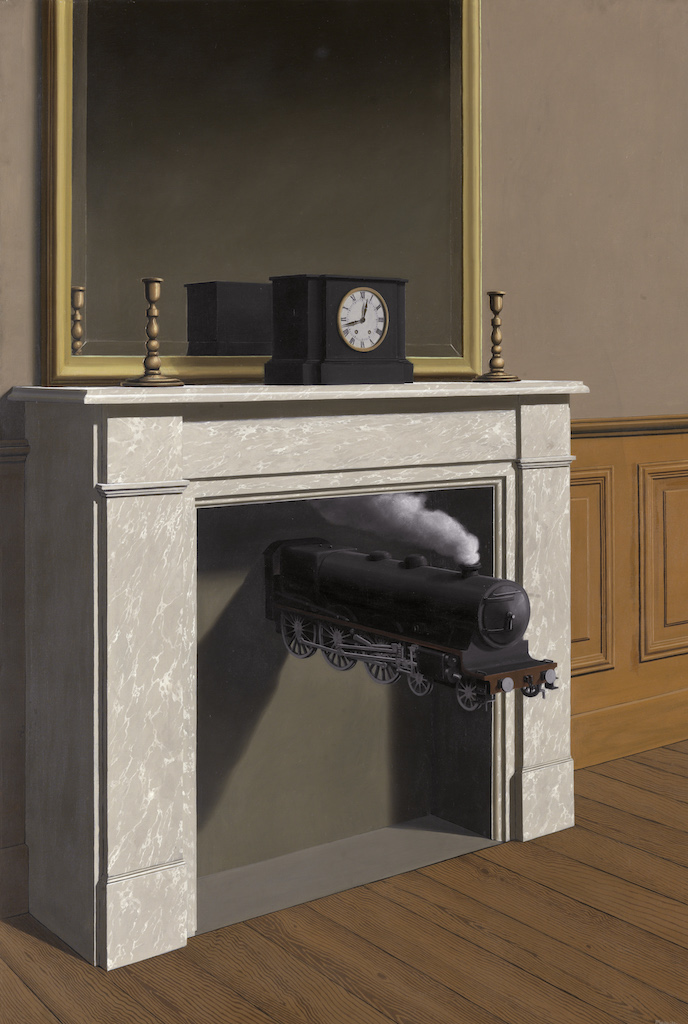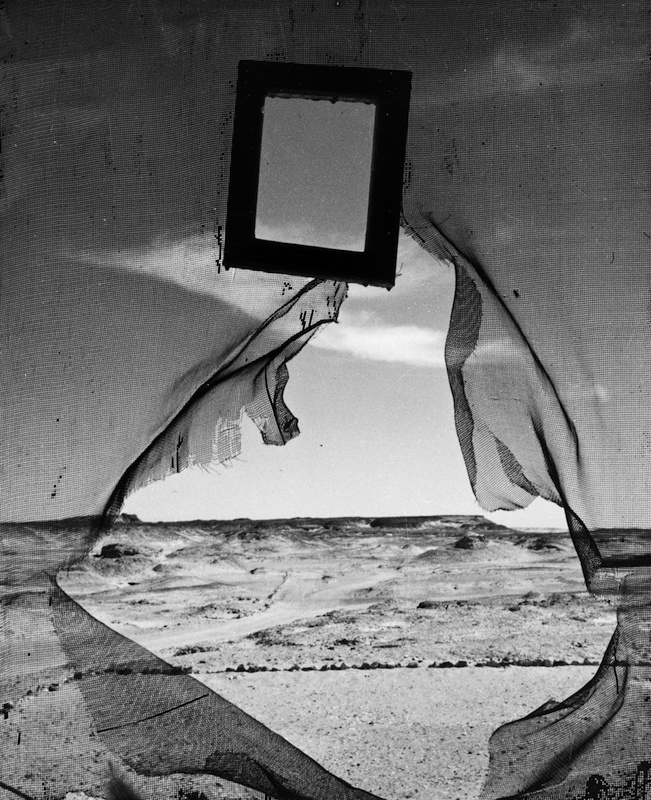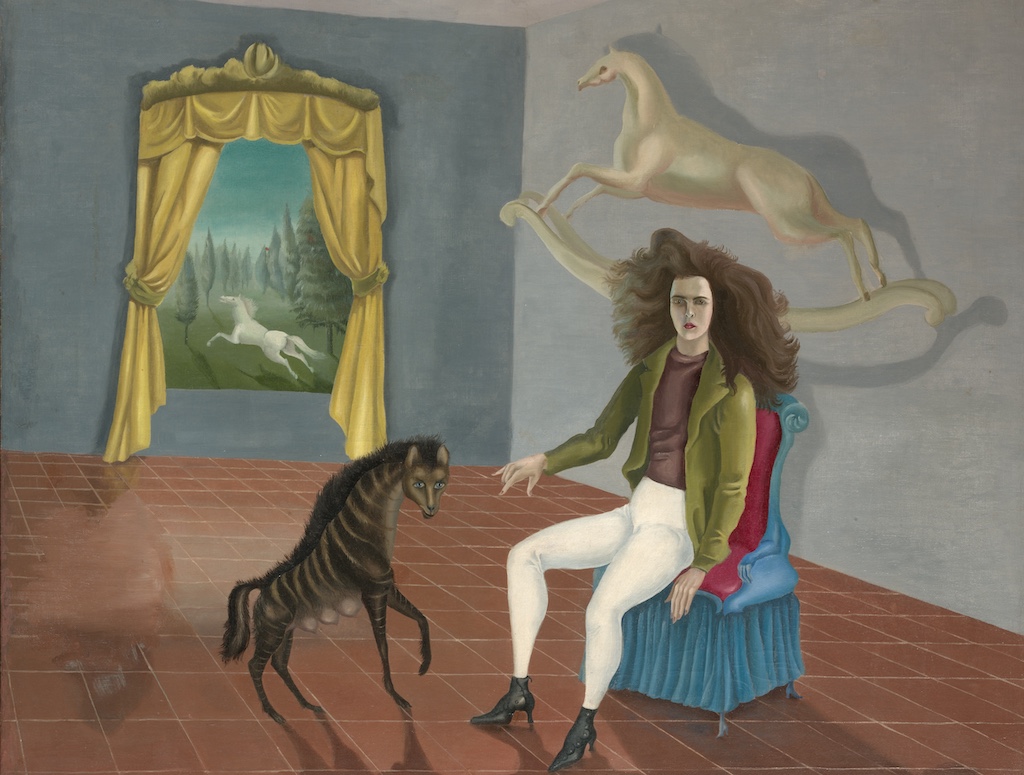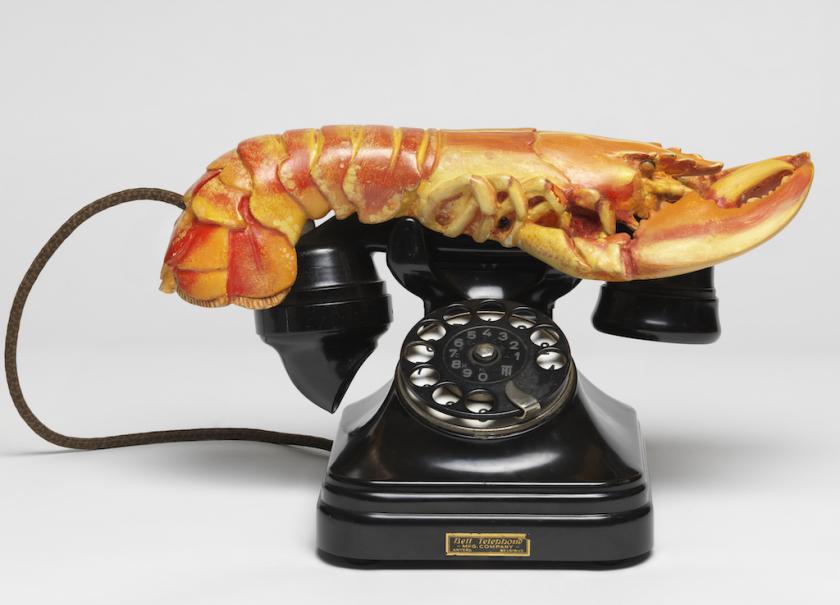The night after visiting Tate Modern’s Surrealism Beyond Borders I dreamt that a swarm of wasps had taken refuge inside my skull and I feared it would hurt when they nibbled their way out again.
If I painted a self-portrait with wasps escaping from my eyes, nose, ears and mouth it would be a striking image; but would it make me a Surrealist? According to this exhibition, the answer would be a resounding “yes”, since its goal is to chart how Surrealism spread across the globe and how, since the 1920s in Paris, this radical way of thinking has taken root in the collective unconscious (pictured below right: Time Transfixed,1938 by René Magritte).
 Inspired by Sigmund Freud’s book The Interpretation of Dreams, the Surrealists were acutely aware that dreams provide access to our unconscious desires and fears. They even set up an office in Paris in 1924, and invited the public to come and recount their dreams.
Inspired by Sigmund Freud’s book The Interpretation of Dreams, the Surrealists were acutely aware that dreams provide access to our unconscious desires and fears. They even set up an office in Paris in 1924, and invited the public to come and recount their dreams.
Their goal was to find ways of loosening the grip of reason over behaviour, thereby unleashing thoughts and feelings normally repressed during waking hours. Chance played an important role and artists and writers searched for techniques that would help remove creative control. Collage and assemblage, frottage (rubbings), decalcomania (printing from paint poured onto glass), automatic drawing and writing, and working while under the influence of drugs were all useful tools towards that end.
The curators have chosen not to focus on André Breton and his Paris entourage but, instead, to concentrate on those who disseminated surrealist ideas abroad. The topic is interesting and it would make a valuable book – I bet it had its origins in a PhD thesis – but, as an exhibition, it simply doesn’t work. Focusing on the periphery rather the epicentre has two main pitfalls. If you include everyone inspired by the Surrealists, the term becomes so baggy it is meaningless and, if you concentrate on followers rather than originators, the work inevitably feels second hand and often is second rate.
 Imagine a Surrealist exhibition that doesn’t include a single painting by Salvador Dali, the best known and most loved Surrealist painter, that has no rubbings or collages by Max Ernst or films by Luis Bunuel and you see the problem. That’s not to say there are no pleasures to be had here. I enjoyed watching Byt (The Flat) made by Czech film maker Jan Svankmajer after the Prague Spring uprising of 1968. Everything in his environment conspires to make his life unbearable – from the egg smashing a hole in the wall to the fist punching him in the face as he investigates the damage, and the table that allows his hand to pass through it. He hacks down the door to escape this hell only to find the exit blocked by a wall.
Imagine a Surrealist exhibition that doesn’t include a single painting by Salvador Dali, the best known and most loved Surrealist painter, that has no rubbings or collages by Max Ernst or films by Luis Bunuel and you see the problem. That’s not to say there are no pleasures to be had here. I enjoyed watching Byt (The Flat) made by Czech film maker Jan Svankmajer after the Prague Spring uprising of 1968. Everything in his environment conspires to make his life unbearable – from the egg smashing a hole in the wall to the fist punching him in the face as he investigates the damage, and the table that allows his hand to pass through it. He hacks down the door to escape this hell only to find the exit blocked by a wall.
The most inspiring discovery is Long Distance, a nine metre long “Exquisite Corpse” begun in 1976 by American artist Ted Jones, who invited 132 artists to contribute. Without looking at the other segments, each artist drew a portion of a body – head, torso or legs – to create a seemingly endless stream of fantastical figures. William Burroughs, Allen Ginsberg, Rowland Penrose, James Rosenquist and Dorothea Tanning were among those who added their scribbles to this fabulous collective work.
It’s also interesting to discover the role played by women in spreading the word. In the early 1930s, photographers Ida Kar and Lee Miller (pictured above left: Portrait of Space: Siwa, Egypt 1937 by Lee Miller) both moved to Cairo from Paris, where they’d been part of the Surrealist group, and became involved with Art and Liberty, an anti-colonialist offshoot of the movement. And some ten years later, the painter Leonora Carrington, who had lived and worked with Max Ernst in France, moved to Mexico City (pictured below: Self-portrait 1937–38 by Leonora Carrington). There she joined a group following in the surrealist footsteps of Frida Kahlo. It was interesting to encounter the work of Remedios Varo and Maria Izquierdo, but that didn’t stop me wanting to see at least one painting by their mentor, Kahlo.
 The most exciting exhibits are assemblages of ordinary things made strange by juxtaposition with unusual bedfellows. Dali’s Lobster Telephone (main picture), a large crustacean perched on the receiver of a black telephone, and Eileen Agar’s blindfolded Angel of Anarchy are as fresh and surprising as they were over 80 years ago when they were conceived, and Dorothea Tanning’s fetishistic black Pin Cushion, 1965 is still as gorgeously disconcerting.
The most exciting exhibits are assemblages of ordinary things made strange by juxtaposition with unusual bedfellows. Dali’s Lobster Telephone (main picture), a large crustacean perched on the receiver of a black telephone, and Eileen Agar’s blindfolded Angel of Anarchy are as fresh and surprising as they were over 80 years ago when they were conceived, and Dorothea Tanning’s fetishistic black Pin Cushion, 1965 is still as gorgeously disconcerting.
But there are too few Surrealist classics included. Educating viewers may be a valuable activity, but delighting them is also important.
- Surrealism Beyond Borders is at Tate Modern until 29 August
- More visual arts reviews on theartsdesk









![SEX MONEY RACE RELIGION [2016] by Gilbert and George. Installation shot of Gilbert & George 21ST CENTURY PICTURES Hayward Gallery](/sites/default/files/styles/thumbnail_125_x_125_/public/mastimages/Gilbert%20%26%20George_%2021ST%20CENTURY%20PICTURES.%20SEX%20MONEY%20RACE%20RELIGION%20%5B2016%5D.%20Photo_%20Mark%20Blower.%20Courtesy%20of%20the%20Gilbert%20%26%20George%20and%20the%20Hayward%20Gallery._0.jpg?itok=3oW-Y84i)





Add comment